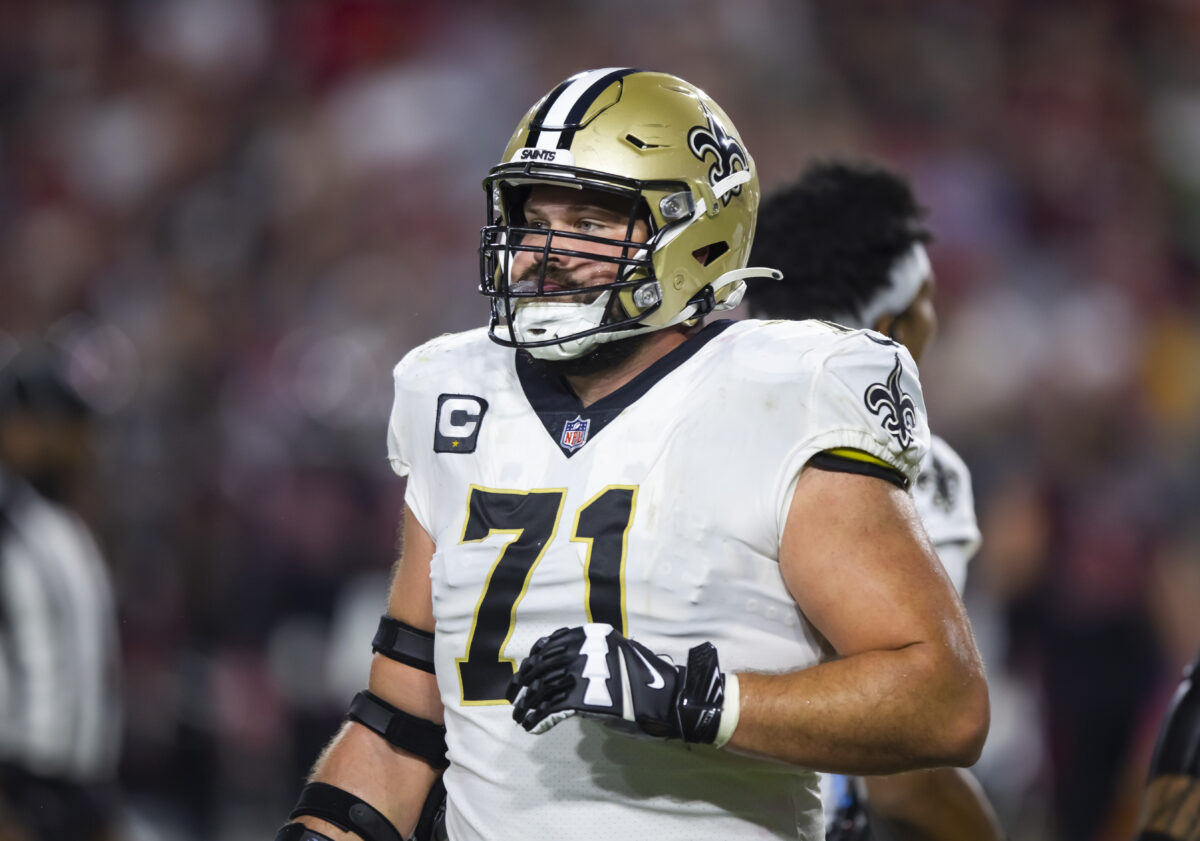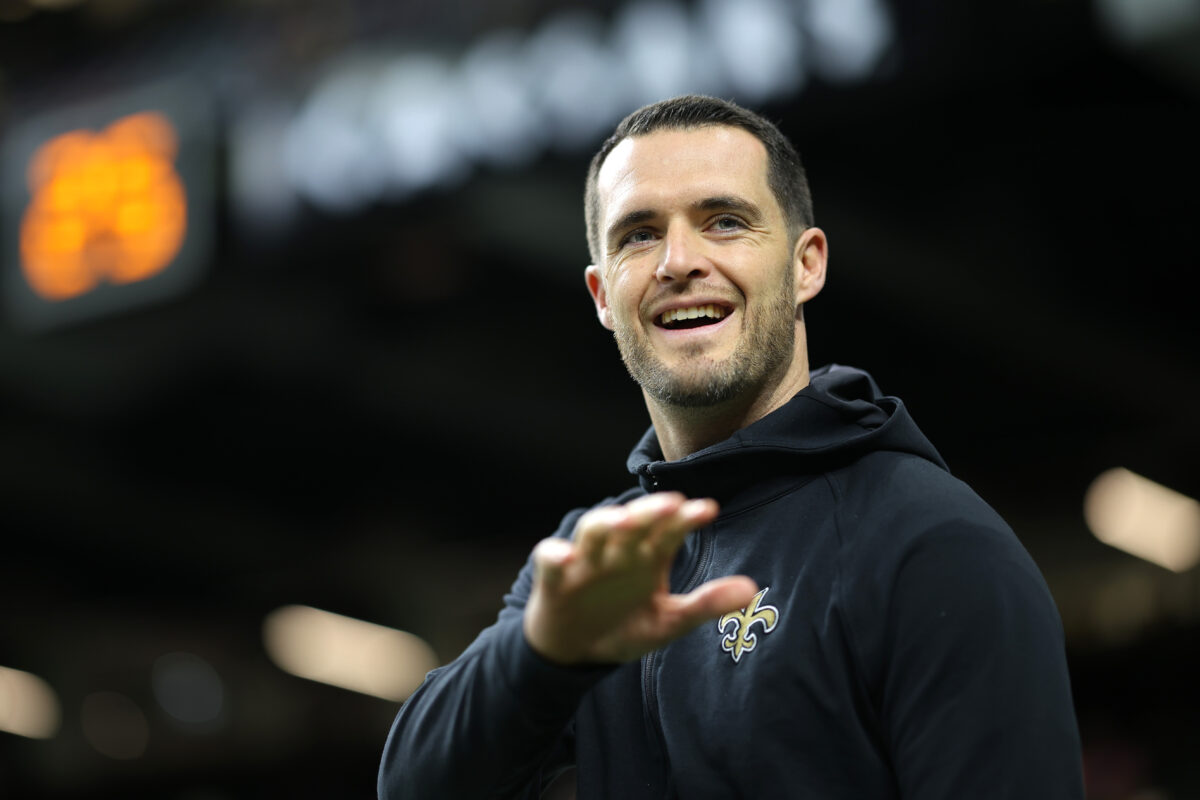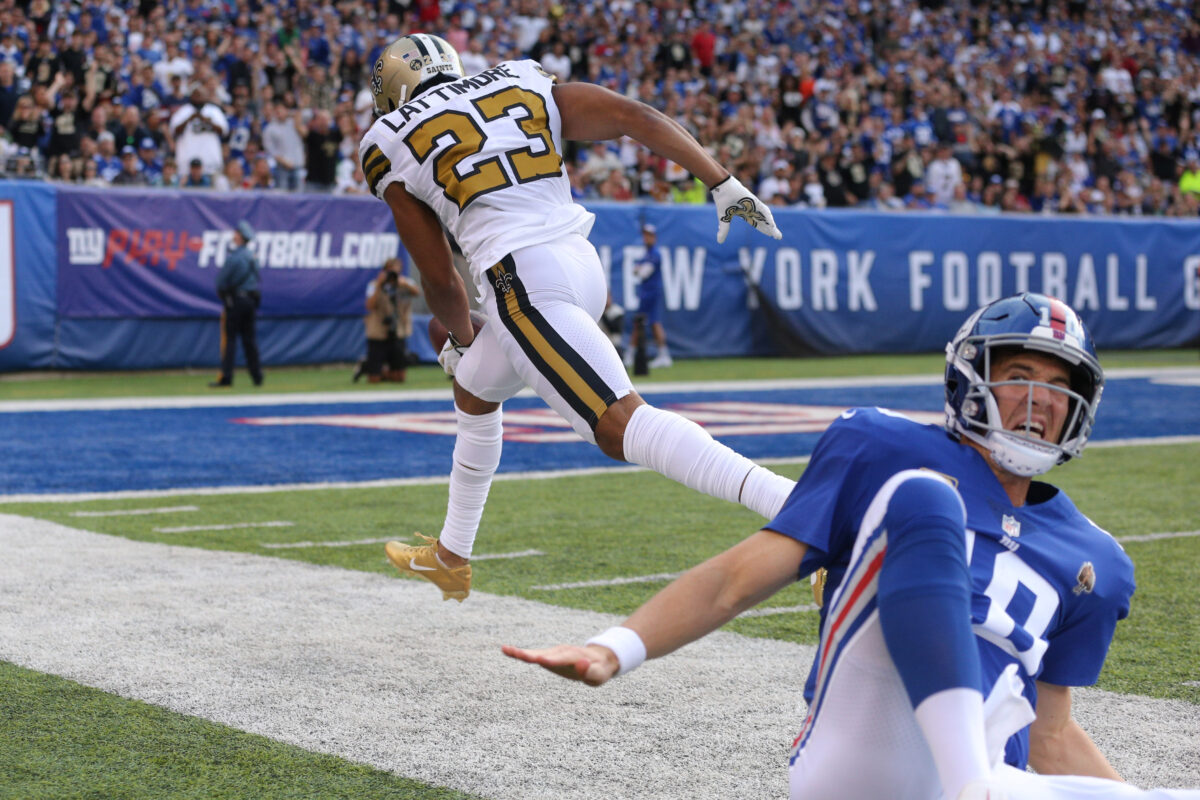Here’s another tough call the New Orleans Saints must make this offseason: Whether or not to pick up the fifth-year options for Chris Olave and Trevor Penning? It isn’t something they’ll have to decide overnight — that window opened on Jan. 6 and closes on May 1, just four days after the 2025 NFL draft — but it will have to be dealt with eventually. Both players are under contract for 2025, but this will determine whether they’ll be locked in for 2026.
And it may not be as simple a call as you’d first think. The decision to pick up team options for Marshon Lattimore and Ryan Ramczyk was an easy one, and you have to think that’s what the Saints hoped for when they drafted Olave and Penning back-to-back a few years later. Things just haven’t gone that way.
The formula for determining how much these fifth-year options are worth has gotten a little complicated. The latest NFL collective bargaining agreement introduced different categories for payouts determined by play time and Pro Bowl appearances, but the two Saints players we’re looking at fall into the lowest tier. That’s been summarized by Over The Cap’s experts as “Players who do not meet any of the requirements below will be eligible for a fifth year base salary calculated from the average of the 3rd to 25th highest salaries at their position over the past five seasons.”
Neither Olave nor Penning have made a Pro Bowl yet. They also haven’t met criteria for playtime due to injuries or, in Penning’s case, being benched midway through his second season. Because of those qualifiers and the rising wages of veteran players at each position, OTC estimates the 2026 salary cap cost to pick up Penning’s fifth-year option is actually higher than Olave’s — $17,412,000 for the offensive lineman compared to $15,161,000 for the wide receiver. All of that money is guaranteed and while it can be restructured (as the Saints did before with Marcus Davenport), it’s still a heavy lump to take.
Let’s be honest: Penning hasn’t played well enough to earn that fifth season in black and gold just yet. The better move is to decline the option and have him play out a contract year in 2025 with a new coaching staff (and maybe another new position if he’s moved inside to guard). He showed enough growth last year to warrant a longer look at right tackle, and he at least won’t be seen as a cuts candidate going into training camp. But beyond that, he hasn’t earned much trust. The Saints need to see it to believe it, and so do we.
Now what about Olave? It’s his health that makes this a question. A series of concussions limited him to just eight games last year, but he was averaging his lowest numbers in receiving yards (50.0) and receptions (4.0) per game even when he was healthy and available. He hasn’t been able to play a full 17-game season since the Saints drafted him. You don’t want to hold that against him too strongly, and context matters here.
If the Saints do pick up Olave’s option he would have a salary cap charge of about $15.1 million in 2026. Right now, that would rank 15th among his peers at wide receiver, and that’s before big names like Tee Higgins, Chris Godwin, and Amari Cooper sign lucrative contracts this spring. If Olave can stay healthy and produce in another new offense, that could end up looking like a bargain. But if his long-term health is a concern and so is his ability to reliably play like a top-15 receiver? Then it becomes a more fraught decision.
So right now we’re leaning towards declining Penning’s option but picking up Olave’s. What would you do? The Saints have months to decide, and they can’t take these decisions likely.
[lawrence-auto-related count=5]







